

Selecting the appropriate screw and anchor combination is crucial for the success and safety of any construction or DIY project. Factors such as the base material, weight of the object being mounted, and environmental conditions all play a significant role in determining the best choice. This guide provides a comprehensive overview of different types of screws and anchors, helping you make informed decisions and achieve secure and lasting results.Understanding Screws and AnchorsScrews and anchors work together to secure objects to various surfaces. The screw provides the fastening force, while the anchor provides a gripping point in the base material, especially when the material is brittle or hollow.Types of ScrewsDifferent screws are designed for different purposes. Here's a look at some common types: Wood Screws: Designed to grip into wood, featuring a tapered shank and coarse threads. Machine Screws: Used with nuts or tapped holes, these have uniform threads along their entire length. Sheet Metal Screws: Self-tapping screws designed for joining sheet metal or other thin materials. Drywall Screws: Specifically designed for attaching drywall to studs, featuring a bugle head to prevent tearing the paper. Concrete Screws (Tapcon Screws): Designed for direct installation into concrete, brick, or block without an anchor.Types of AnchorsAnchors provide a secure hold in materials that screws alone cannot grip effectively. Here are some common types: Wall Anchors (Plastic or Metal): Used in drywall or plaster, these expand when a screw is inserted, gripping the wall. Toggle Bolts: Ideal for hollow walls, these have wings that spread out behind the wall for a strong hold. Sleeve Anchors: Provide a strong hold in concrete, brick, or block, featuring a sleeve that expands as the screw is tightened. Wedge Anchors: Heavy-duty anchors for concrete, these are driven into a pre-drilled hole and expand as a nut is tightened. Molly Bolts: Similar to toggle bolts, these are used in hollow walls and provide a more secure hold than wall anchors.Factors to Consider When Choosing Screws and AnchorsSelecting the right screw and anchor depends on several factors:Base MaterialThe type of material you're fastening into is crucial. Wood requires different screws and anchors than concrete or drywall.Weight LoadConsider the weight of the object you're hanging or mounting. Heavier objects require stronger anchors.Environmental ConditionsOutdoor applications may require corrosion-resistant screws and anchors. Humidity and temperature changes can also affect the holding power.Hole SizeAlways drill the correct hole size for the anchor you are using. Using a hole that is too small can make installation difficult and potentially damage the wall or the anchor itself. Conversely, a hole that is too large will not allow the anchor to grip properly, compromising its holding power.Specific Applications and RecommendationsHanging a Picture Frame on DrywallFor lightweight picture frames, plastic wall anchors with appropriate sized drywall screws are generally sufficient. For heavier frames, consider using metal self-drilling wall anchors or finding a stud to screw directly into.Mounting a TV on a Hollow WallMounting a TV on a hollow wall requires strong support. Toggle bolts are an excellent choice for this application, providing a secure hold behind the wall. Ensure that the toggle bolts are rated for the weight of your TV.Securing a Shelf to ConcreteWhen securing a shelf to concrete, sleeve anchors or wedge anchors are recommended. These anchors provide a strong and reliable hold in concrete. Consider Hebei Muyi Import&Export Trading Co.,Ltd for high quality fastening solutions. Ensure you use the correct drill bit size for the anchor you select.Installation Tips Read the Instructions: Always read and follow the manufacturer's instructions for the specific screws and anchors you are using. Drill Pilot Holes: Drilling pilot holes can prevent splitting wood or cracking brittle materials. Use the Right Tools: Using the correct screwdriver or drill bit can prevent damaging the screw head or stripping the threads. Don't Overtighten: Overtightening screws can damage the anchor or the surrounding material.Troubleshooting Common IssuesAnchor Spinning in the HoleIf an anchor is spinning in the hole, it means the hole is too large. Try using a larger anchor or filling the hole with wood glue and toothpicks before re-inserting the anchor.Screw Not HoldingIf a screw is not holding, make sure you are using the correct type of screw for the anchor. Also, ensure that the anchor is properly installed and that the screw is long enough to engage the anchor fully.Comparing Different Anchor TypesHere's a comparison of some common anchor types: Anchor Type Material Load Capacity Best Use Pros Cons Plastic Wall Anchor Plastic Low Lightweight items on drywall Easy to install, inexpensive Low load capacity Toggle Bolt Metal High Heavy items on hollow walls Strongest hold on hollow walls Requires a larger hole Sleeve Anchor Metal Medium to High Securing items to concrete or brick Provides a strong grip, durable Requires precise hole drilling Wedge Anchor Metal High Heavy-duty applications in concrete Very strong, reliable in concrete Can be difficult to remove Molly Bolt Metal Medium Fixtures on hollow walls Stronger than plastic anchors, easy to install Can damage wall if overtightened ConclusionChoosing the right screw and anchor is essential for any project. By considering the base material, weight load, and environmental conditions, you can select the appropriate screw and anchor combination for a secure and lasting result. Remember to follow the manufacturer's instructions and use the correct tools for a successful installation. Securing a strong foundation for your projects begins with selecting the right screw and anchor.Disclaimer: This guide provides general information. Always consult with a professional for specific applications or when dealing with heavy loads.

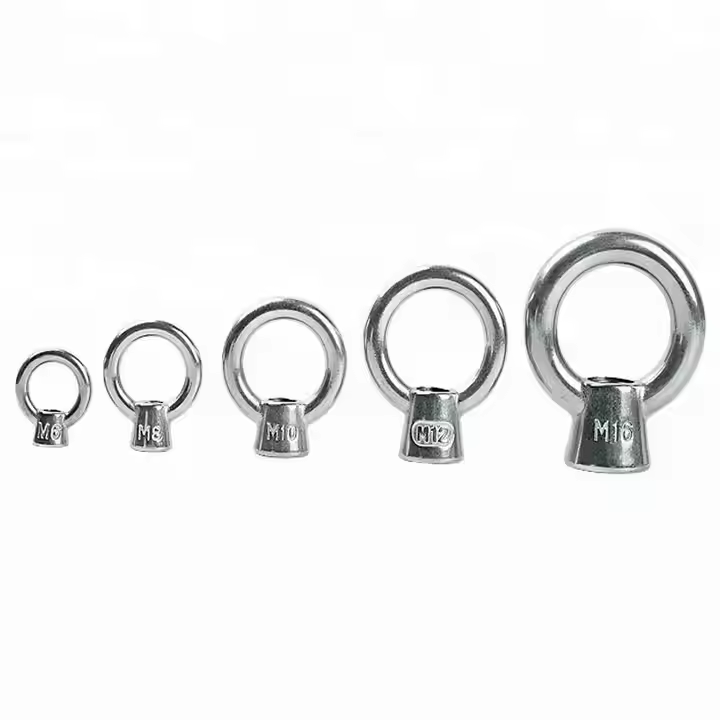
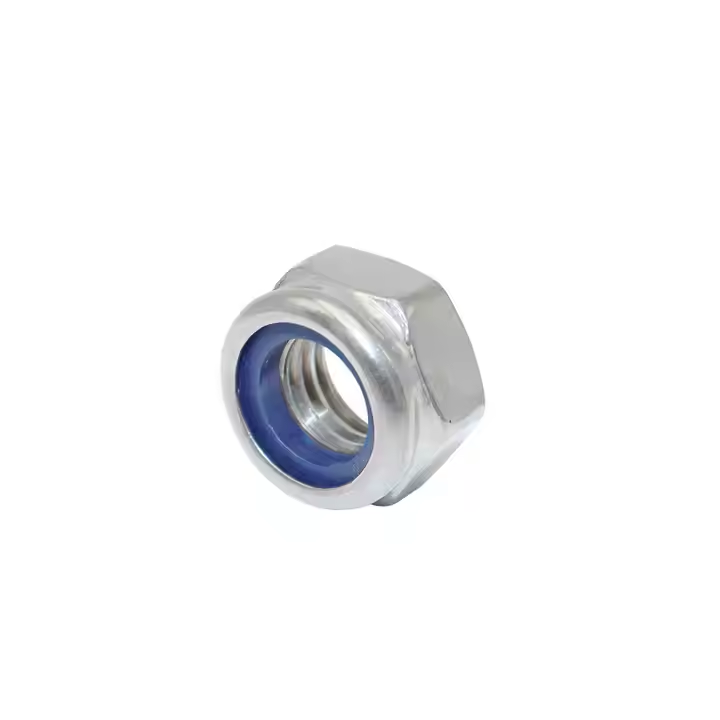
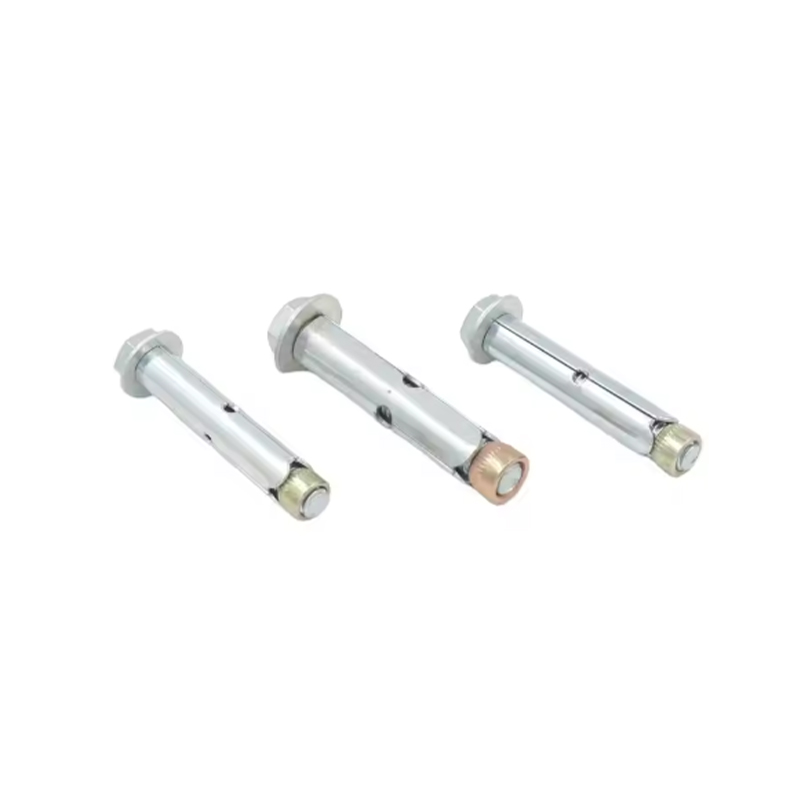
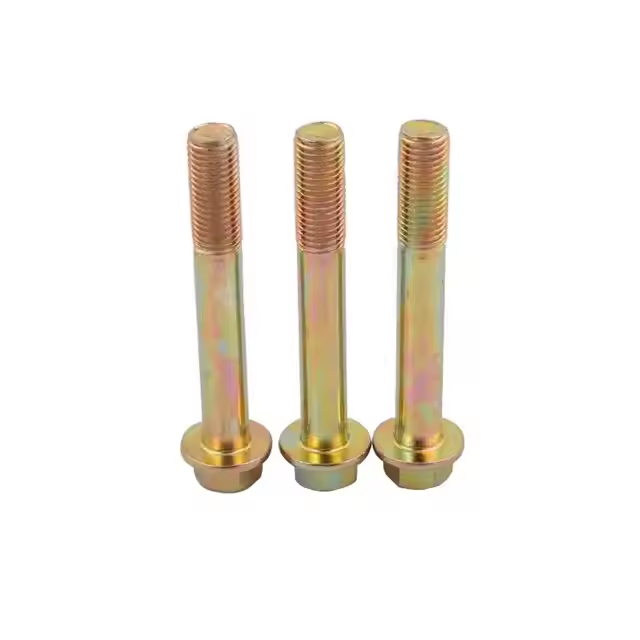
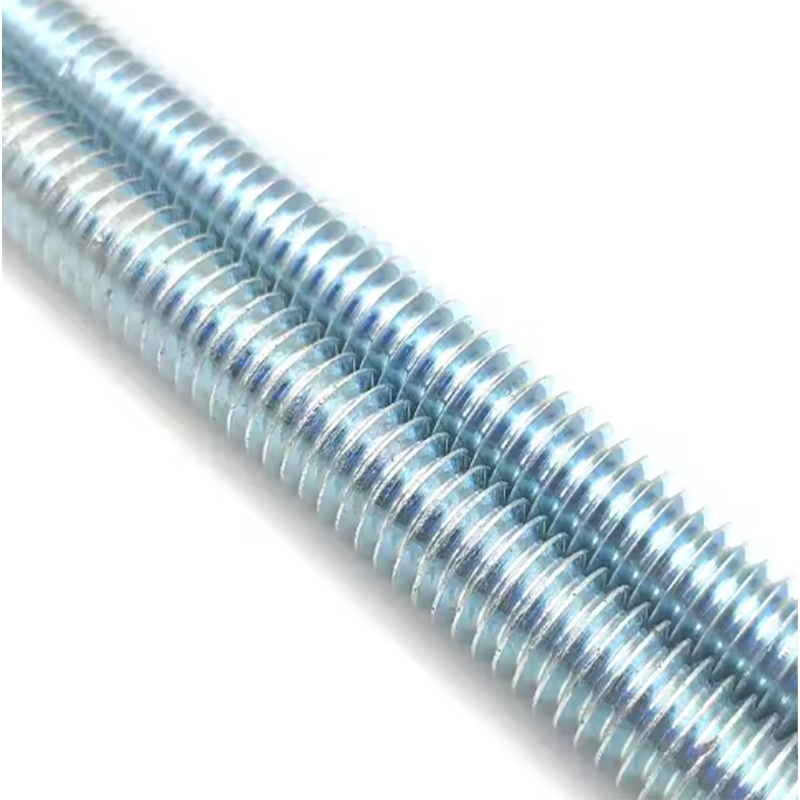


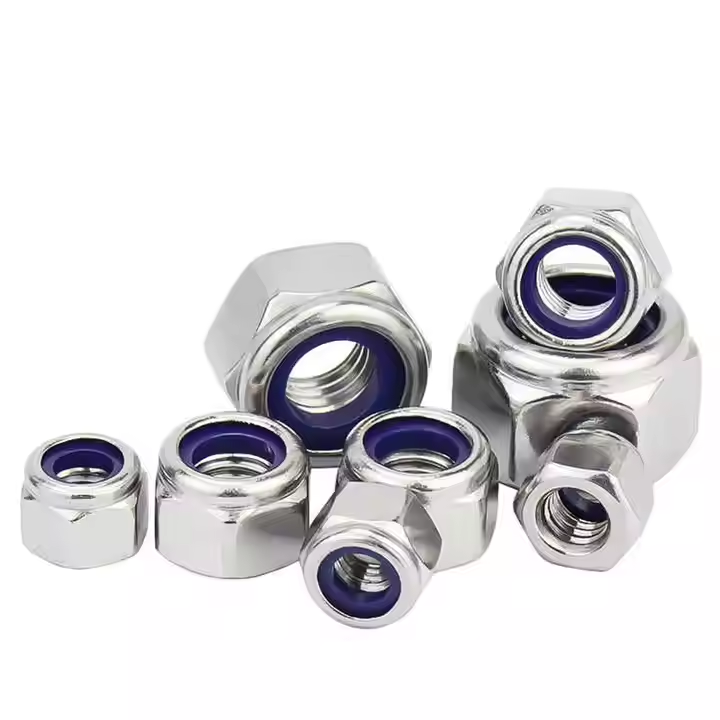
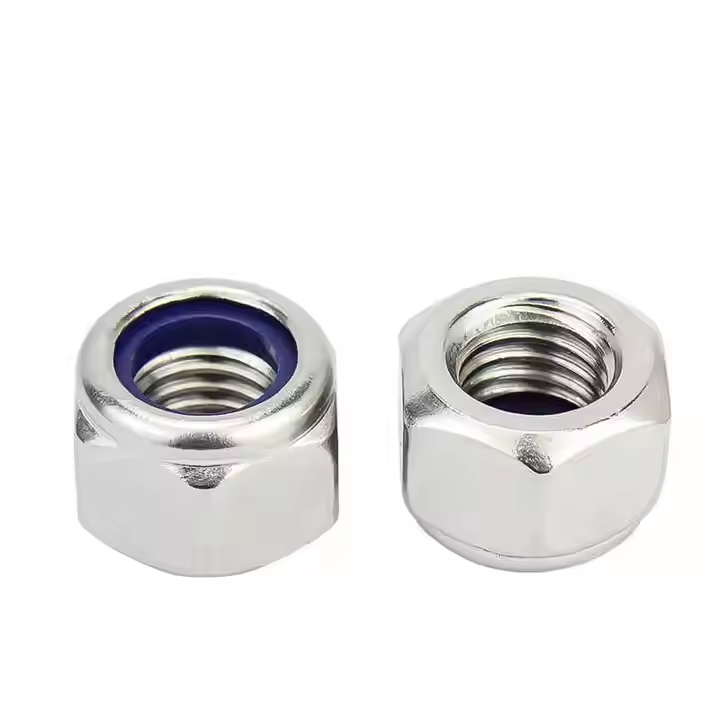
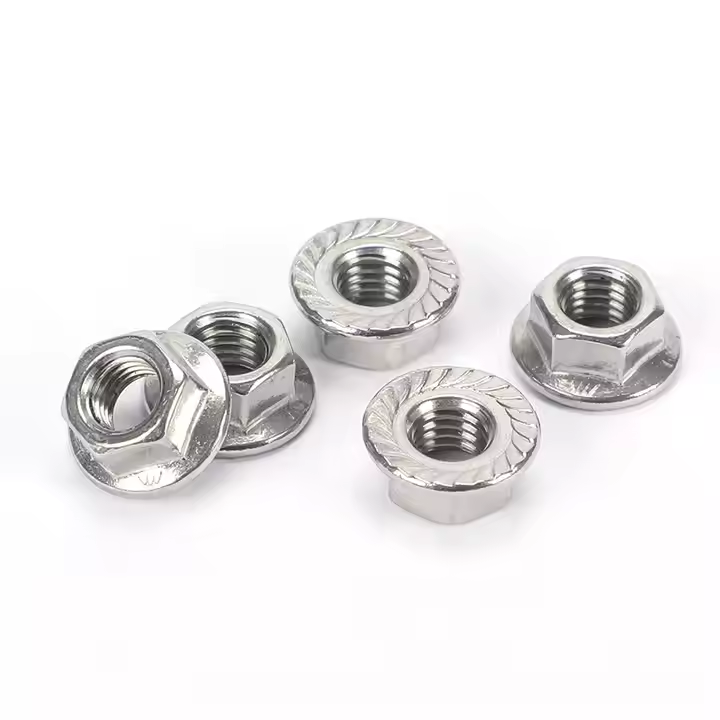
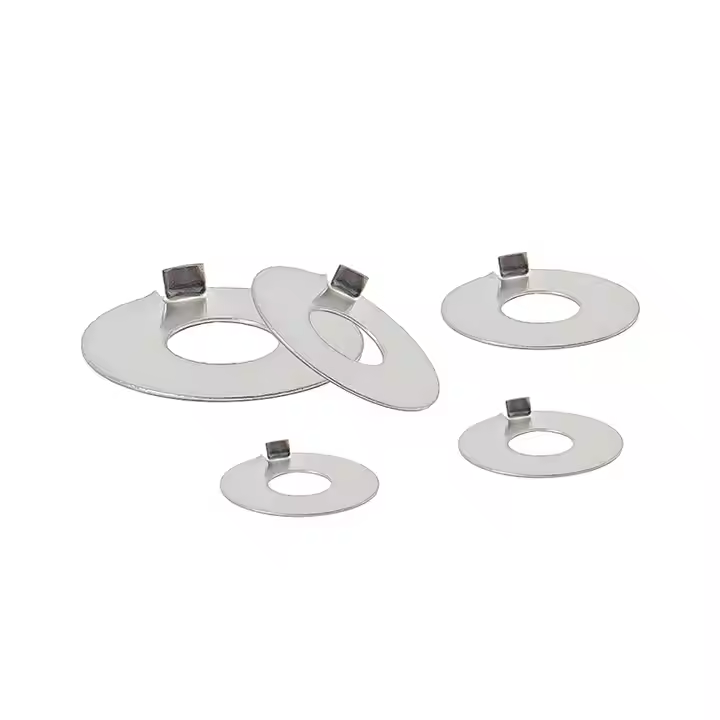
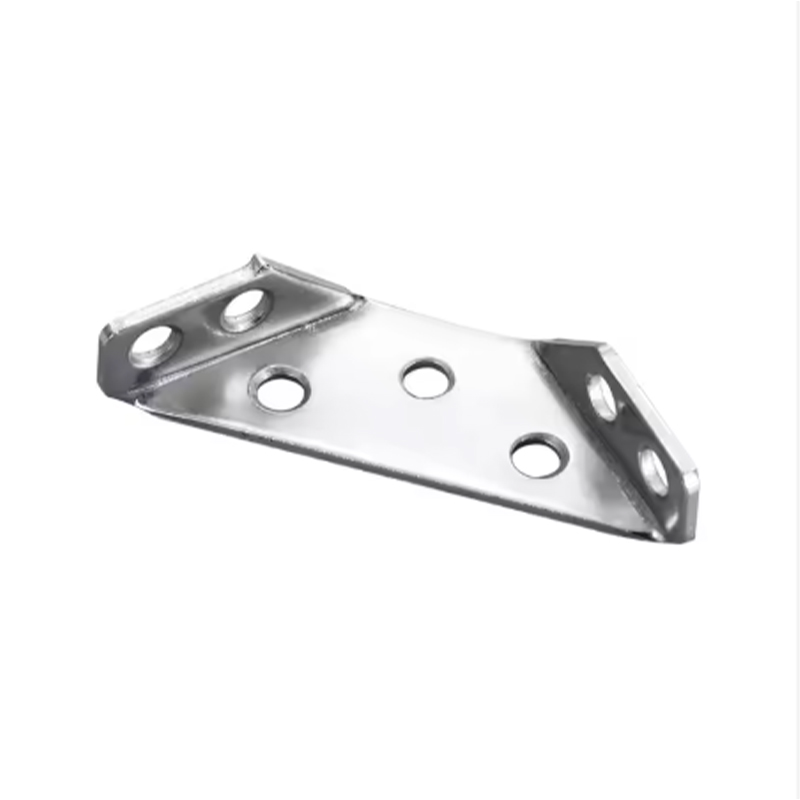
Please enter your email address and we will reply to your email.